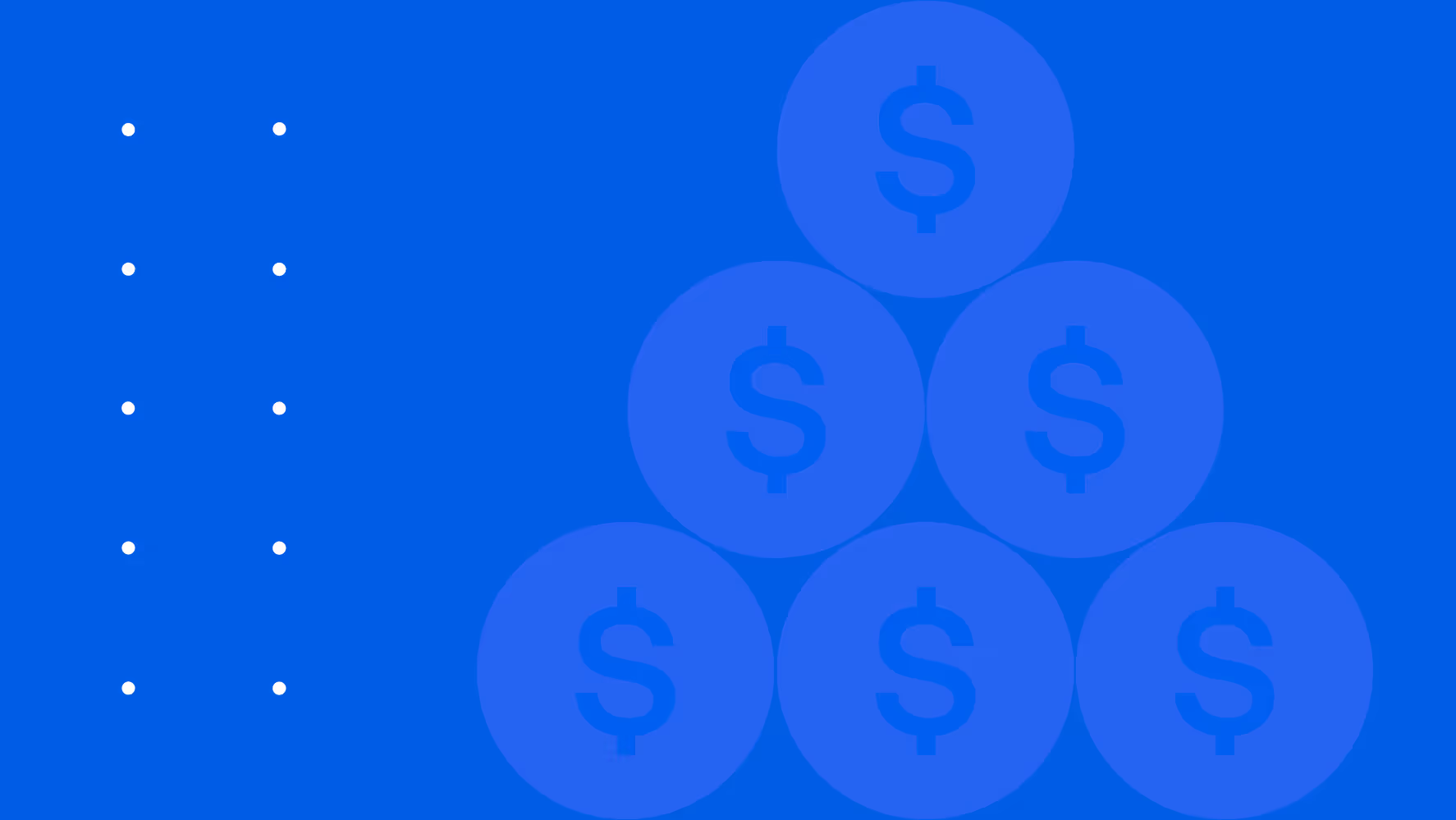
Introduction
Managing business debt is essential for maintaining financial stability and ensuring long-term growth. While debt can be a useful tool for expansion, if mismanaged, it can quickly spiral into a burden that limits cash flow and restricts opportunities. Many small businesses, particularly those with Merchant Cash Advance (MCA) debt, struggle to keep up with repayments, leading to a cycle of financial distress.
In this guide, we’ll explore key strategies for effective debt management, including prioritizing repayments, restructuring high-cost debt, and improving cash flow to help your business regain control and thrive.
Understanding Business Debt
Small businesses take on debt for a variety of reasons, from funding growth to covering short-term expenses. The most common types of business debt include:
- Merchant Cash Advances (MCAs): High-cost financing repaid through daily or weekly deductions from revenue.
- Business Loans: Fixed-term loans with set monthly payments and interest rates.
- Lines of Credit: Revolving credit that allows businesses to borrow as needed.
- Business Credit Cards: Short-term financing with high interest rates if not repaid in full each month.
- Equipment Loans: Financing specifically for purchasing business equipment, often using the equipment as collateral.
While some forms of debt offer flexible repayment options, high-cost financing such as MCAs can put immense strain on cash flow, making it essential to manage debt wisely.
Essential Business Debt Management Tips
1. Conduct a Business Debt Assessment
The first step in managing debt effectively is understanding how much you owe and to whom.
- List all debts, including balances, interest rates, and repayment schedules.
- Identify debts with high interest rates or frequent repayment obligations, such as MCAs.
- Calculate your Debt-to-Income Ratio (DTI) to determine how much of your revenue is going toward debt payments.
If a large portion of your revenue is being used for debt repayment, it may be time to explore restructuring or settlement options.
2. Prioritize High-Cost Debt Repayment
Not all debt carries the same financial burden. High-interest and short-term debt should be addressed first to reduce overall costs.
- Focus on high-cost debt first: MCAs and business credit cards often have the highest costs and should be prioritized for repayment or settlement.
- Use the Avalanche Method: Pay off the debts with the highest interest rates first while making minimum payments on others.
- Consider the Snowball Method: If multiple debts are overwhelming, paying off smaller balances first can provide momentum and free up cash flow.
Businesses struggling with MCA debt often benefit from negotiating a settlement to reduce the repayment burden rather than trying to pay off the full amount.
3. Improve Cash Flow to Manage Debt More Effectively
Healthy cash flow is critical for meeting debt obligations without straining business operations. Strategies to improve cash flow include:
- Encouraging early customer payments: Offer incentives for early payments or shorter payment cycles.
- Reducing non-essential expenses: Review operating costs and eliminate unnecessary expenditures.
- Negotiating supplier terms: Request extended payment terms or bulk discounts to ease cash flow strain.
- Optimizing inventory management: Avoid overstocking to free up cash for debt payments.
By increasing revenue and reducing expenses, businesses can allocate more funds toward paying off high-cost debt and avoiding additional borrowing.
4. Explore Debt Restructuring and Refinancing Options
If debt repayments are unmanageable, restructuring or refinancing can provide relief and improve financial stability.
- Refinance high-interest debt: If your credit has improved, you may qualify for a lower-interest business loan or line of credit.
- Consolidate multiple debts: Combining debts into one structured repayment plan can simplify payments and reduce interest costs.
- Negotiate better terms: Some lenders may be open to extending repayment terms or lowering interest rates to prevent defaults.
For businesses burdened by MCA debt, an MCA settlement program can help reduce the overall balance owed and create a more manageable repayment structure.
5. Avoid Taking on Additional High-Cost Debt
Many businesses fall into a debt trap by taking out new financing to cover existing obligations. This is especially common with MCAs, where businesses take out additional advances to keep up with previous ones.
- Avoid borrowing to pay off debt: Taking out another MCA or high-interest loan to cover existing debt can worsen the financial burden.
- Build an emergency fund: Having cash reserves can prevent reliance on short-term, high-cost financing.
- Plan for future financing needs: If additional funding is necessary, seek out lower-cost options, such as SBA loans or traditional business term loans.
Breaking free from the MCA debt cycle requires a strategic approach, and in many cases, professional debt resolution services can help businesses avoid further financial strain.
How Coastal Debt Resolve Can Help
If your business is struggling with MCA debt or high-interest obligations, Coastal Debt Resolve offers premier debt settlement services to help you regain financial control.
Our team specializes in:
- MCA Debt Settlement: Negotiating with lenders to significantly reduce repayment amounts.
- Custom Repayment Plans: Developing structured settlements aligned with your business’s cash flow.
- Debt Relief Consulting: Providing expert guidance to prevent future debt challenges.
By reducing debt obligations and improving financial stability, we help businesses focus on growth rather than survival.
Conclusion
Managing business debt requires a strategic and proactive approach to avoid financial strain and create a stable foundation for growth. By prioritizing high-cost debt repayment, improving cash flow, and exploring restructuring options, small businesses can regain financial stability and focus on long-term success.
For those facing MCA debt challenges, professional debt settlement services can provide relief and a structured path to recovery.
If your business needs help managing debt, Coastal Debt Resolve is here to assist. Contact us today for world class guidance and customized solutions.
Call to Action
Struggling with high-cost debt? Coastal Debt Resolve can help you reduce MCA payments and regain financial control. Contact us today for a free consultation.
Disclaimer
The information provided in these materials is for general informational purposes only and is not intended as legal or financial advice. While we strive to ensure that the content is accurate and up-to-date, it should not be relied upon as a substitute for legal advice. Performance information may have changed since the time of publication. Past performance is not indicative of future results.
Frequently asked questions
If a significant portion of your revenue is being used for debt repayments, or if you are struggling to cover operational costs due to debt obligations, it may be time to reassess your financial strategy.
While it is possible, working with a debt resolution specialist often leads to better settlement terms and a more efficient negotiation process.
Finding a balance is important. Paying down high-cost debt should be a priority, but businesses also need to maintain positive cash flow and operational stability to ensure long-term success.







